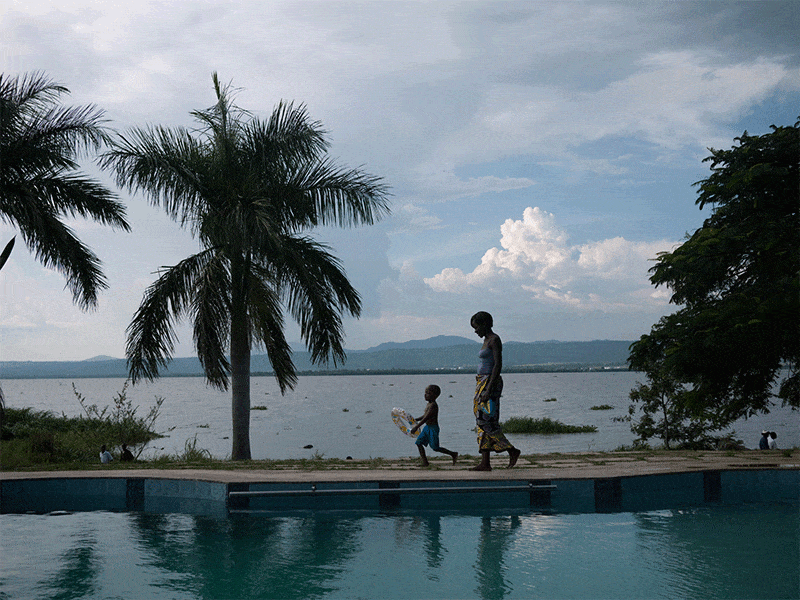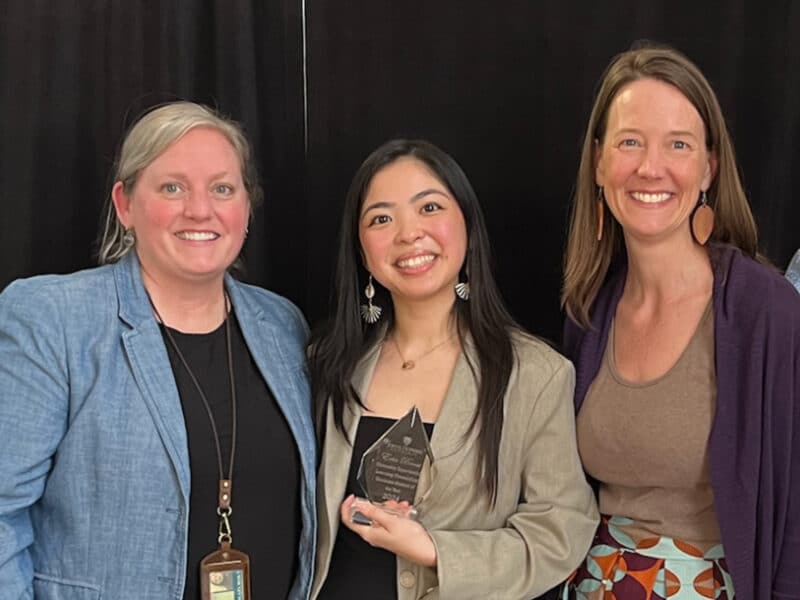An integrated health and environmental program in Kenya and Uganda successfully helped communities in the Lake Victoria Basin improve outcomes ranging from increases in contraceptive knowledge to eco-friendly fishing and farming practices.
But were those gains made in the program that lasted from 2011 to 2019 sustained or were they abandoned once the project funding ran out?
New research from the Johns Hopkins Center for Communication Programs-led Knowledge SUCCESS program suggests that many communities have continued to nurture the seeds planted by the Health of People and Environment–Lake Victoria Basin (HoPE–LVB), a cross-sectoral integrated Population, Health, and Environment (PHE) effort implemented by Pathfinder International and a range of partners.
For development work to be truly sustainable, results and outcomes from short-term program cycles need to continue across generations, long after donors have concluded their support, says CCP’s Sarah V. Harlan, who led the writing of the 2022 report. Projects must be designed to consider scale-up and sustainability from the outset to be successful in the long run – and Harlan found that much of what communities learned to do during the program continues today.
“Communities are continuing to plant trees, educate themselves about modern contraception, improve sanitations, use kitchen gardens and cultivate fruit, use energy efficient stoves, encourage girls’ education and more,” Harlan says.
The sustainability report was funded by Preston-Werner Ventures to document the sustained impact of the program’s activities to help inform the future design, implementation and funding of cross-sectoral integrated programs. Harlan and her team conducted a review of documents, a focus group discussion and conducted 17 in-depth interviews with HoPE-LVB project staff from global, national, and community levels, community members from HoPE-LVB sites and government officials.
Population, Health and Environment (PHE) is an integrated community-based approach that recognizes the relationships between people’s health and the environment. This multi-sectoral approach strives to improve voluntary family planning and reproductive health care and conservation and natural resource management within the communities living in ecologically rich areas of our globe.
When HoPE-LVB began, PHE was relatively new to decision makers. Now, PHE is more mainstream, and tools informed by HoPE-LVB are still used to implement activities and advocate for supportive policies, according to the report. Using HoPE-LVB evidence, new partners, funders, and communities helped replicate the approach throughout the region, even beyond Kenya and Uganda.
“Once governments … have conceptualized the PHE model, then it is much easier to institutionalize PHE into their systems,” said Tom Guda, national chairperson of the Beach Management Unit (BMU) Network in Kenya.
Says Jostas Mwebembezi, founder and executive director of Uganda’s Rwenzori Center for Research and Advocacy: “[My hope is that] in 10 years from now, households will have embraced PHE as an approach to help them escape poverty,”.
Among the project’s successes, advocacy work contributed to broad-scale government buy-in for PHE and ultimately to the incorporation of PHE into national policies, which are still being implemented.
Overall, participants in this activity were hopeful about the future of PHE – and many pointed to a direct link between HoPE-LVB and the capacity of communities to sustain PHE. However, in speaking about the future, participants stressed the need to continue collaborating with a broad network of partners to maintain multi-sectoral efforts.
“Some young people are marrying people from outside the community who don’t know much about PHE,” said one focus group discussion participant. “So we need donor support and partnership to continue sensitizing our community [about PHE].”
The report also contains eight lessons for the sustained impact of integrated programs.





